I found myself wondering how long does tuna last when I found an unopened can at the bottom of the pantry that was a bit past the expiration date. If you have ever questioned that as well, this post is for you!
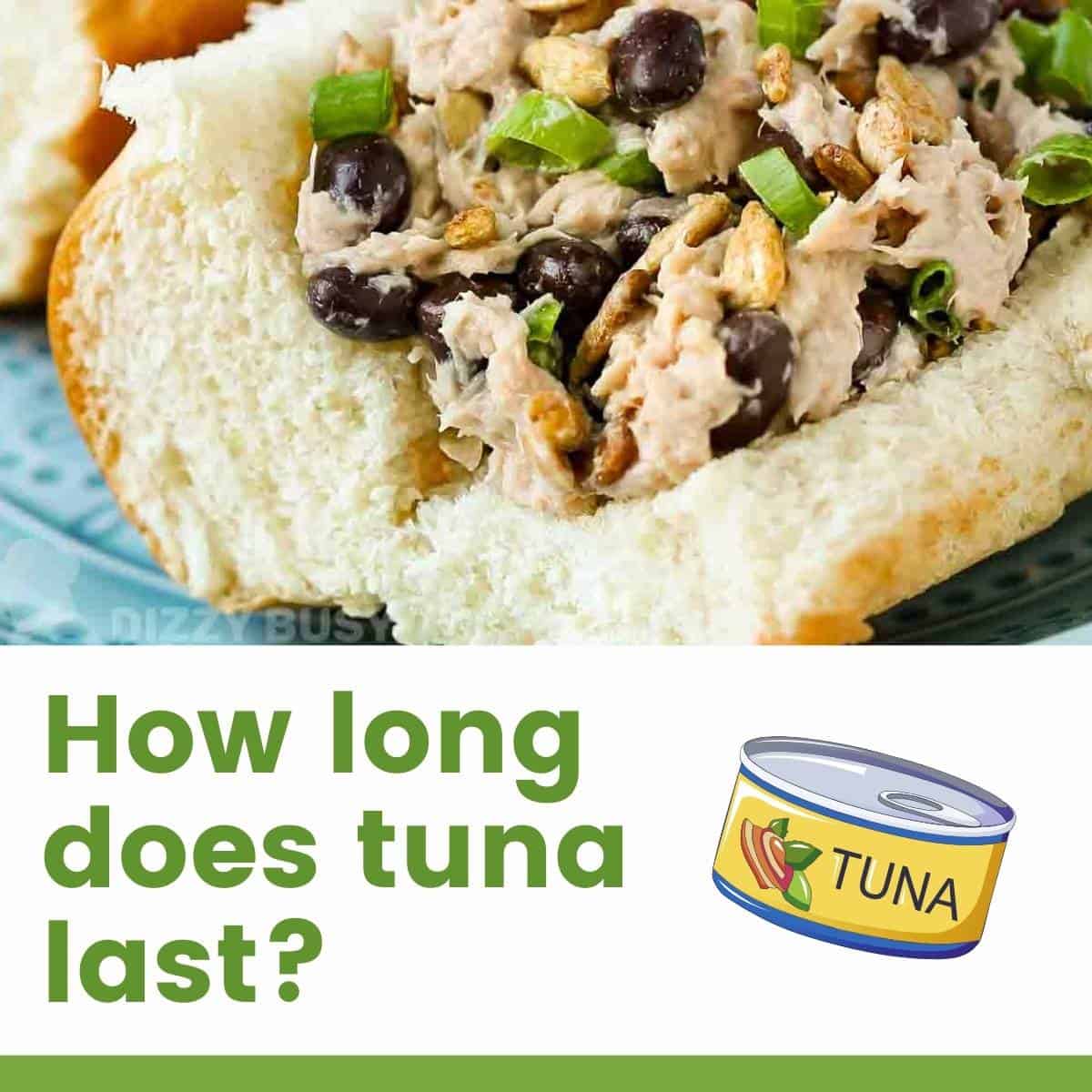
People like to use tuna for a whole host of reasons, from flavor to nutrient content. Fresh fish can be tricky, though, because you really need to buy it as fresh as possible and then cook it within a day or two.
Canned tuna requires a lot less fussing. It's a staple food for most pantries, because it's affordable and will keep for an extended period with proper storage. And, it’s ready to eat right from the can. Easy!
Unopened cans last a really long time, so I like to stock up and have them available for a quick, last minute lunch or light dinner. It's a versatile food item that's readily available in grocery stores and there are so many options for using it to make delicious dishes! Plus, it's a great source of protein and omega 3s.
How Is Canned Tuna Different From Fresh Tuna?
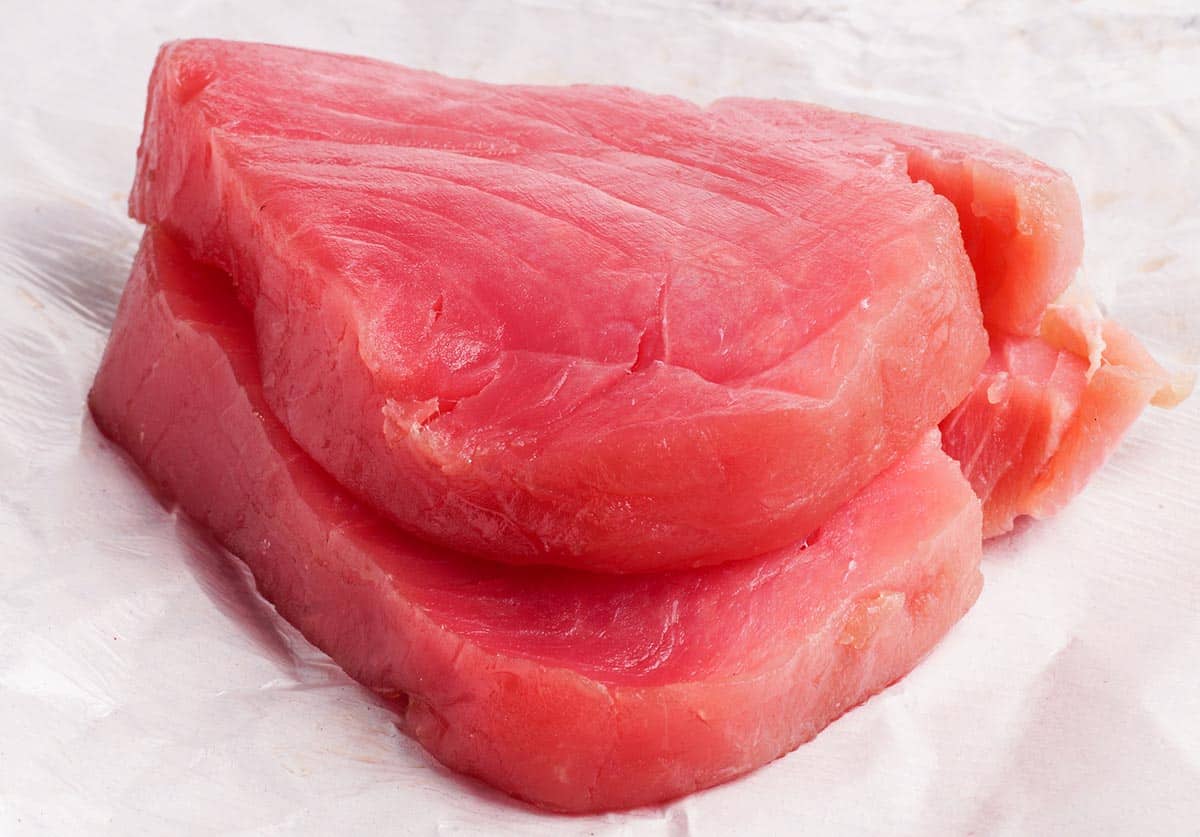
Canned tuna meat is obviously cooked, preserved, and packed into cans, which is the most apparent difference. The cooking and canning process is what gives the canned tunafish a longer shelf life. Many times the fish is placed in a brine or broth or salted, so depending on the brand you may notice a salty taste.
Does Canned Tunafish Need To Be Cooked?
No, it doesn’t! The production process is kicked off when the fresh fish is flash frozen on the boats, then transported back to shore. At that point, it is thawed, inspected and cleaned, and then steamed and canned. The tuna gets cooked by virtue of the process.
Then, liquid is typically added (water, oil, or broth) and the cans are sealed and sterilized at a very high temperature which means that no pathogenic bacteria will survive.
That's why you can easily open a can of tunafish, and immediately put pieces of the fish on your food.
Does Canned Tunafish Have Preservatives?
No, not in the chemical sense. The shelf life of the product is extended not with preservatives, but by virtue of the canning process itself.
The high temperature and vacuum sealing process completely sterilize the cans, meaning that the contents are shelf-stable and ready to eat. No preservatives need to be added to the fish to make it last longer - it already lasts for a long time.
How Long Does Canned Tuna Last?

Properly canned and entirely unopened, canned tuna can last for three to five years after the canning process. It will still, generally speaking, be quite safe to eat even after that.
If the can itself is damaged in any way, though, or there’s any kind of hole in the metal of the can, then the food inside should be returned to the store for a refund or discarded.
How Long Is Canned Fish Safe To Eat After The Expiration Date?
Due to the intense sterilizing that it goes through during the process of canning, tuna remains safe to eat within the can even after the expiration date (possibly for a few years!) as long as the can hasn't been opened or compromised.
However, if your can is beyond the expiration, be sure to inspect the can and the meat very carefully for signs of spoilage. If in any doubt at all, it's always better to be safe than sorry and just throw it out. Please use your common sense (for more on that, see this disclaimer).
Why Does Canned Tuna Last So Long?
Canned tuna lasts so long because the process of canning makes it shelf-stable. This means that, when stored at room temperature, canned food products have a long shelf life.
The canning process reaches very high temperatures and pressures in the preservation process, which means that that any bacterial growth will be destroyed.
On top of that, cans are typically prepared with little to no oxygen within the can itself. For that reason, food won't oxidize or go stale at all during the storing process, which allows for the sustained quality of the food.
Storing Unopened Canned Tuna
Unopened canned food in general should be stored in a cool, dark, dry place. This is typically a cupboard or pantry, though the exact location doesn’t matter. The storage conditions are more important than the actual location.
The reason that ‘cool’ and ‘dark’ are specified is that long-term exposure to heat or direct sunlight could compromise the can and cause your food to start to go bad.
Storing Opened Canned Tuna

The easiest way to store opened canned leftovers is to remove the tuna from the can itself and move it to a plastic bag or an airtight container, or wrap it tightly in plastic wrap. Keep that container in the fridge, and then use it within three days.
The key point here is that, as soon as the can has been opened, the food should be treated as though it were fresh, and stored as such.
Can You Freeze Canned Tuna?
Yes, you can freeze canned tunafish for about 3 months. Remove it from the can and place it in a freezer bag or a freezer-safe container before placing it in the freezer.
PRO-TIP: When freezing tuna or any other food, it's a good idea to mark the package. Use a permanent marker and write the date and the contents so that you don't forget. If it is a reusable container, write the information on a piece of masking tape and affix to the container.
How To Tell If Canned Tuna Is Bad
The best way to see if canned tuna has gone bad is to smell and look at the tuna itself.
Signs of bad tunafish include:
- The product has an unpleasant odor or sour smell.
- The appearance looks usual in color or has a slimy texture.
- There are spots of mold appearing on the surface of the tuna.
Any kind of breach of the metal that forms the body of the can can indicate that the contents have spoiled. If a can is at all dented, rusting, or bulging, it should be thrown away immediately, as this is likely to have caused a rupture.
Even if you can't see an issue with the can, if there appears to be some leaking, the canned product is probably no longer safe to eat.
For tips on how to use canned tuna in delicious meals, check out Everything You Need to Know About Cooking with Canned Tuna and make the most of this pantry staple.
Which Tuna Has The Least Mercury?

Canned light or skipjack tuna is the best quality if you are looking to avoid mercury. Larger fishes, like albacore and bigeye, should be avoided because of the higher levels of mercury.
Even with the light or skipjack tuna, consumption should be limited to once or twice a week to limit the amount of mercury intake. Wild Planet brand Skipjack Wild Tuna is a good example of a quality brand that is sustainably caught in the wild and uses only smaller tunafish that are naturally lower in mercury.
Concerned about mercury? You can find out more by reading this mercury alert article.
🐟 Tuna Recipes
- Lemon Dill Tuna with Noodles adds a fresh, interesting twist to the classic tuna noodle casserole. Inexpensive, easy, healthy, and delicious! It's perfect for when you don't have a lot in your pantry but still want to get together a tasty and filling meal. This is a casserole your whole family will love, and it only takes 15 minutes to make!
- This Healthy Tuna Salad features the distinct flavors of black beans and ranch, and sunflower seeds add a satisfying, nutty crunch. Perfect for tuna salad sandwiches, wraps, or to serve on top of salad. This easy tuna salad will become a lunchtime lifesaver, especially if you're tired of eating the same old lunch every day!
- This is a classic Avocado Tuna Melt recipe, featuring avocado, tomato, tuna salad, and Muenster cheese on crunchy toasted whole grain bread. What's not to love? This is the BEST hot, cheesy tuna sandwich ever. This 15 minute recipe is delicious, and a perfect change from the usual ho-hum meal!

Tuna is one of my family's favorite foods. I love to use tuna for a nice light main dish and then pair it with a side dish made from fresh produce like Roasted Brussels Sprouts with Garlic or this Cucumber Salad.
Need some other options? Check these out!
- English Muffin Tuna Melts
- Easy Tuna Pasta Salad with Shrimp
- Tuna Kimchi Fried Rice
- Chili Lime Tuna Fishcakes (Gluten-Free)
- White Bean Tuna Cakes {Gluten Free, Dairy Free}
- Spicy Tuna Dip With Jalapeño
- Hawaiian Mac Salad with Tuna
- Air Fryer Tuna Melt
- Green Bean Pasta with Tuna
- Avocado Tuna Salad
- Open Faced Tuna Melt with Bacon
- Tuna And Tomato Salad
- Tuna Potato Patties
- Tuna Puff Pastry Pinwheels
We hope that this article about canned tunafish has been able to help you answer any questions that you might have had. Whether you decide to eat that aging can of tuna in your cupboard or not, we hope you’ve learned a thing or two!
Thanks so much for reading! I also invite you to follow me on FACEBOOK, PINTEREST, or INSTAGRAM to keep up with what's going on in my kitchen.
And you might want to check out my Dizzy Busy and Hungry store on Amazon for a whole bunch of great kitchen products I love!
Happy cooking!

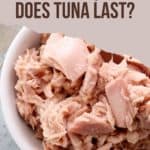


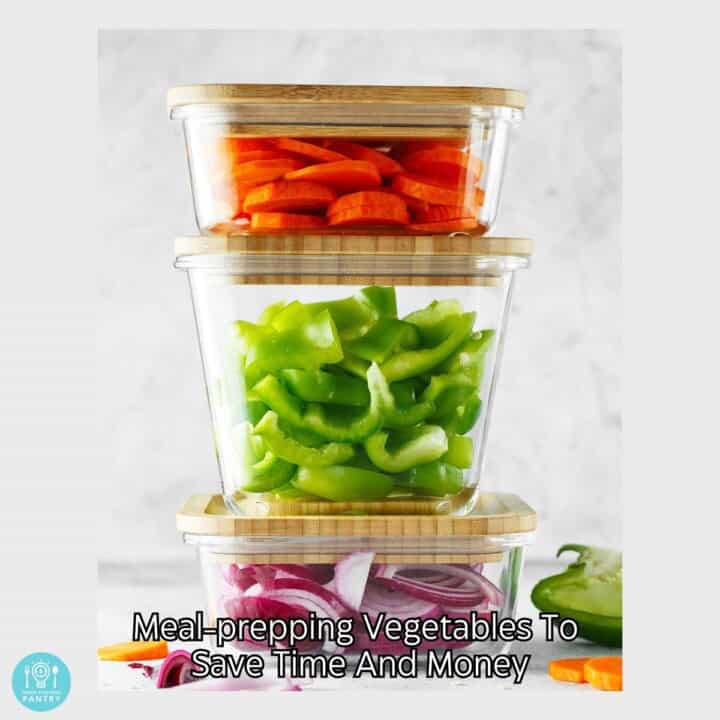
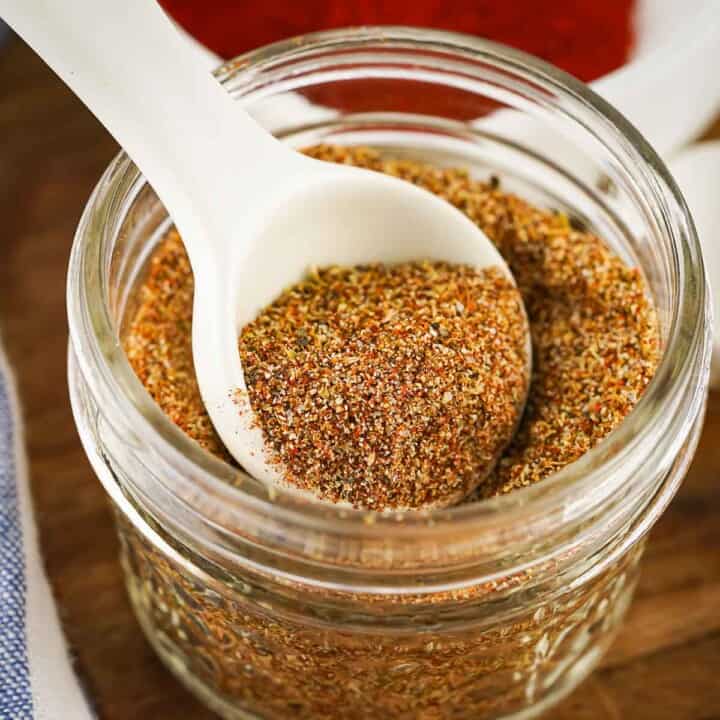
Comments
No Comments